The Island at the Centre of the World: The Untold Story of the Founding of New York
by Russell Shorto
Review by Dan Geddes
Historians have often treated the establishment of New Amsterdam by the Dutch as a footnote to the history of the United States. The British took it over in 1664, renamed it to New York, and historians have since characterized the four decades of Dutch presence as of little impact. The established tradition is that the British instilled their democratic traditions, after incorporating the colony into its broader American domains.
Russell Shorto draws on recently translated documents from the New Amsterdam colony (written in seventeenth century Dutch script): business and legal documents, and letters. Shorto argues that the Dutch left a much more lasting impression on Manhattan, and the future United States, than is generally recognized. During the years 1620 to 1664, when the Dutch ruled New Amsterdam, the Dutch Republic was the most progressive, tolerant, and economically dynamic country in Europe. Shorto tries to show that New Amsterdam derived many of its democratic ideals, including the then-revolutionary idea that colonies had a right to representation in democratic bodies, from its mother country.
The first 20 years the colony developed slowly. The Dutch West India Company never made fantastic profits from New Netherland, especially compared to the gains of the Dutch East India company. So the Company gave up its monopoly on the colony in 1640, and declared New Amsterdam a free trading zone. This stimulated entrepreneurship amongst it inhabitants, and made the colony a trading hub for goods from throughout the New World. “Melting pot” diversity was there as early as 1640, with a population of perhaps 500, but with 18 spoken languages.
Shorto’s hero of these years is Adriaen van der Donck, a Leiden-trained lawyer. Van der Donck had soaked up the then-revolutionary ideals of freedom and religious tolerance espoused by the schools of Hugo Grotius and Arminius. Later van der Donck would lead the colonists’ effort for some form of self-government against, Peter Stuyvesant, governor of New Amsterdam, a 110% Company man.
Stuyvesant ruled in the interests of the West India Company, and found van der Donck’s ideas about self-representation disturbing. Yet by 1653, thanks in some part to Van der Donck’s lobbying on its behalf in The Hague, New Amsterdam was chartered as a town, with greater rights and privileges than many towns in Europe. This civic organization led to public works programs, including a stockade (built on what is now called Wall Street) to protect the colony from the Indians and the English.
England took note of the growing prosperity of New Amsterdam, and successfully conquered it in 1664, precipitating the Second Anglo-Dutch War. The Republic did not insist on its return as part of the settlement. The Dutch even reconquered New York easily in 1673, but did not secure its return during treaty negotiations.
Shorto persuasively makes his case that the Dutch influence on New York has been underestimated. His history is peopled with interesting characters, fighting to protect their interests as they shape the New World. He creates a novelistic atmosphere for his early social history of New York.
See also:
Amsterdam: A History of the World’s Most Liberal City
The Dutch Republic
The First Salute
See also: Book reviews and criticism
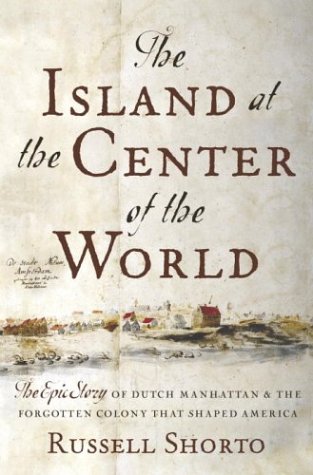
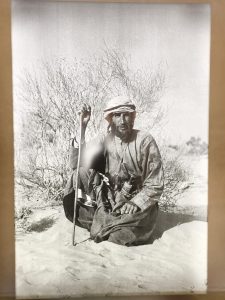




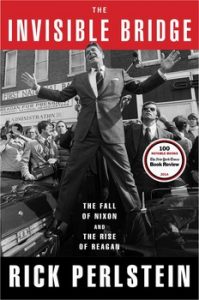
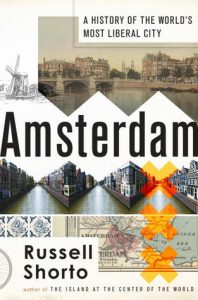
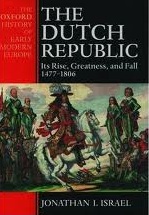
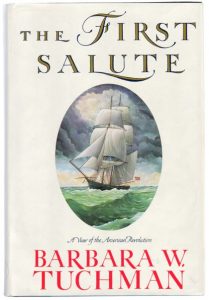
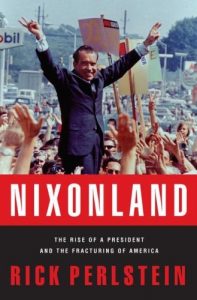
Be First to Comment